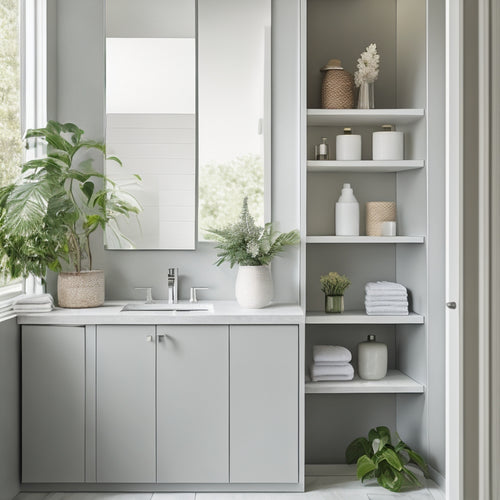
Essential Carpentry Techniques for Beginners
Share
Mastering Essential Carpentry Techniques for Beginners
So, you’ve decided to dip your toes into the world of carpentry. Congratulations! Embarking on this journey can be incredibly rewarding and empowering. Whether you’re looking to tackle simple home DIY projects or dream of crafting intricate wooden pieces, learning the essential carpentry techniques is the first step towards turning your vision into reality.
Why Carpentry?
Carpentry is more than just cutting wood and hammering nails. It’s a skill that allows you to build, repair, and create with your own hands. The satisfaction of transforming raw materials into functional or decorative items is unmatched. Plus, the sense of accomplishment that comes with completing a project is truly gratifying.
Common Questions for Beginners
As a beginner, it’s natural to have questions and uncertainties. Let’s address some common concerns to help you kickstart your carpentry journey:
- What tools do I need to get started?
- How do I safely handle sharp tools?
- What are some basic woodworking joints?
- How do I properly measure and cut wood?
Tools of the Trade
Before you dive into your first project, familiarize yourself with essential carpentry tools. A few basics include a tape measure, a hammer, a saw, a power drill, and safety gear such as goggles and gloves. As you progress, you can expand your toolkit with more specialized items like a miter saw and a router.
Handling Tools Safely
Your safety should always be a top priority. When using sharp tools, remember to wear protective gear and follow proper techniques. Take the time to learn how to use each tool correctly to avoid accidents and ensure precise results.
Woodworking Joints
Understanding basic woodworking joints is crucial for creating sturdy and visually appealing projects. Some common joints you’ll encounter include:
- Butt Joint: Simplest joint where two pieces of wood are butted together.
- Miter Joint: Joint made by beveling each end of the wood at a 45-degree angle, creating a corner.
- Dovetail Joint: Interlocking joint often used in drawer construction for its strength and decorative appeal.
Measuring and Cutting Wood
Accurate measurements are the foundation of carpentry. Use a quality tape measure and a sharp pencil to mark your cuts precisely. Remember the age-old adage: “Measure twice, cut once.” Double-check your measurements before making any cuts to avoid wastage.
In Conclusion
As you begin your carpentry journey, remember that practice makes perfect. Start with simple projects to hone your skills and gradually take on more challenging tasks. Don’t be afraid to make mistakes; learning from them is a crucial part of growth.
With dedication, patience, and a willingness to learn, you’ll soon find yourself crafting beautiful pieces and tackling projects you never thought possible. So, pick up that hammer, embrace the smell of sawdust, and let your creativity flow!
Related Posts
-

Unique Vintage Bathroom Storage Furniture
Unique vintage bathroom storage furniture seamlessly blends timeless elegance with practical functionality, altering ...
-

Modern Bathroom Cabinetry for Small Bathrooms
When designing modern bathroom cabinetry for small spaces, your focus should be on maximizing storage while embracing...
-

Revamp Your Bathroom Like a Pro
You're about to start on a journey to transform your outdated bathroom into a stunning oasis that exudes luxury and s...


